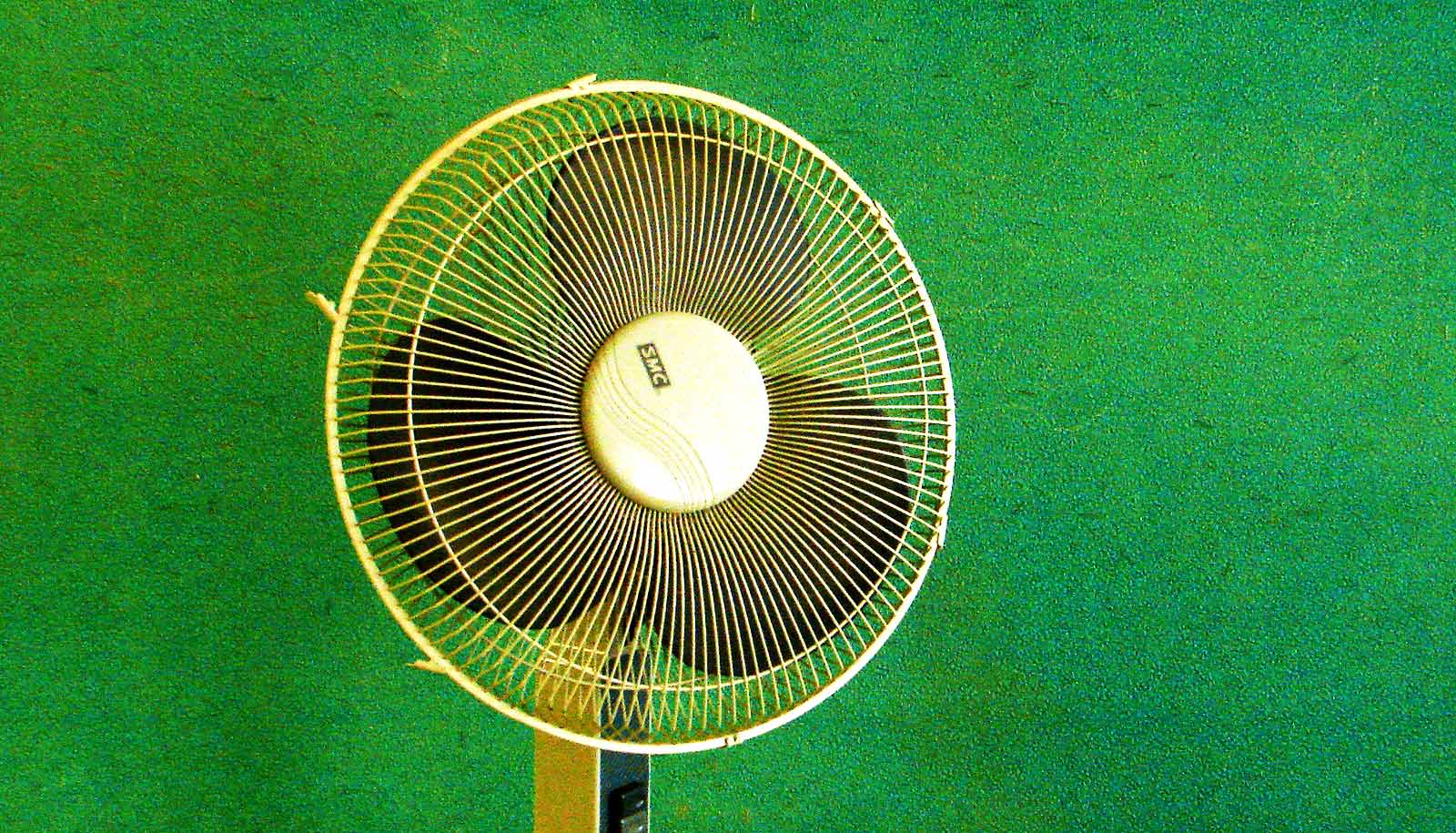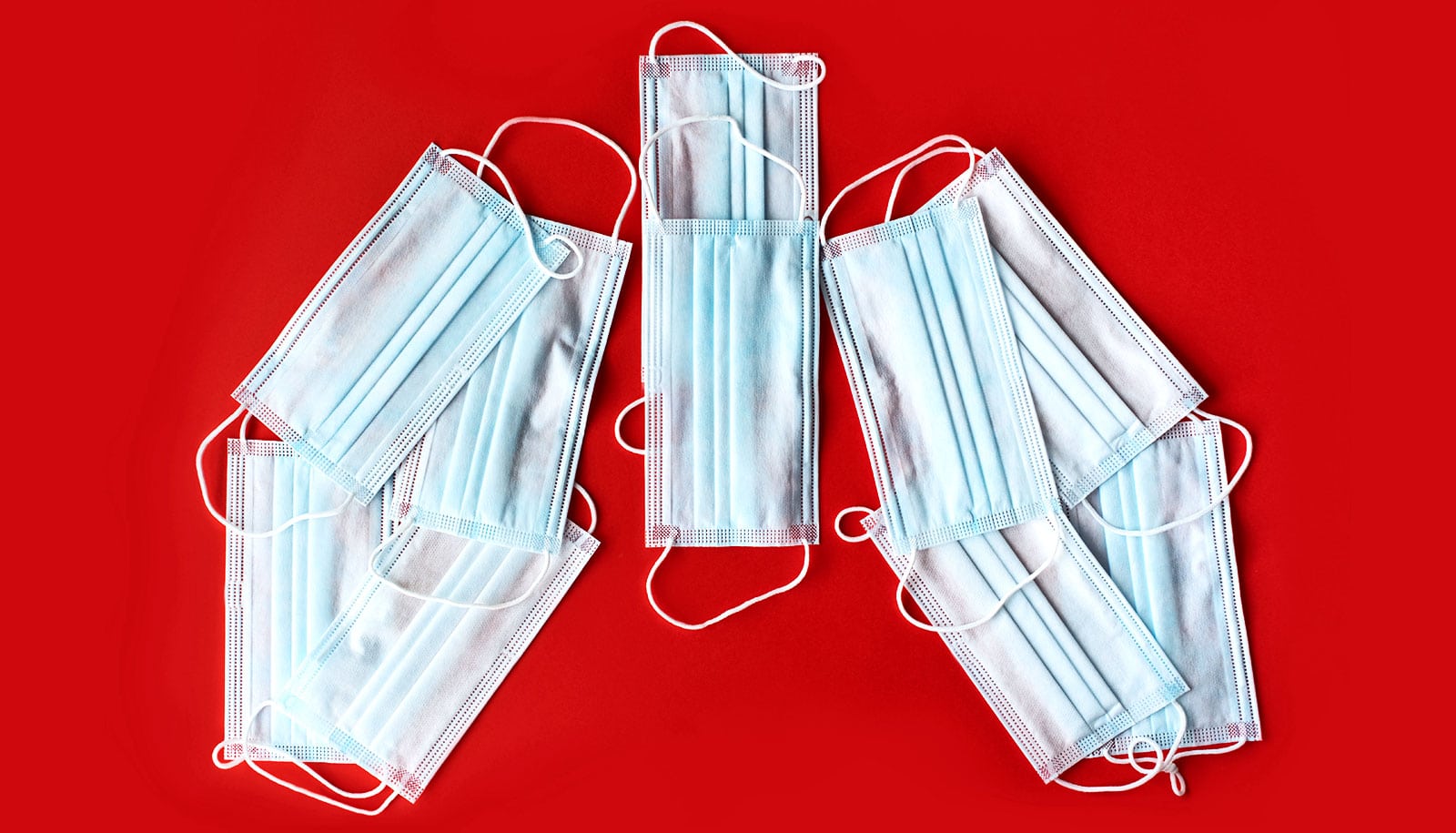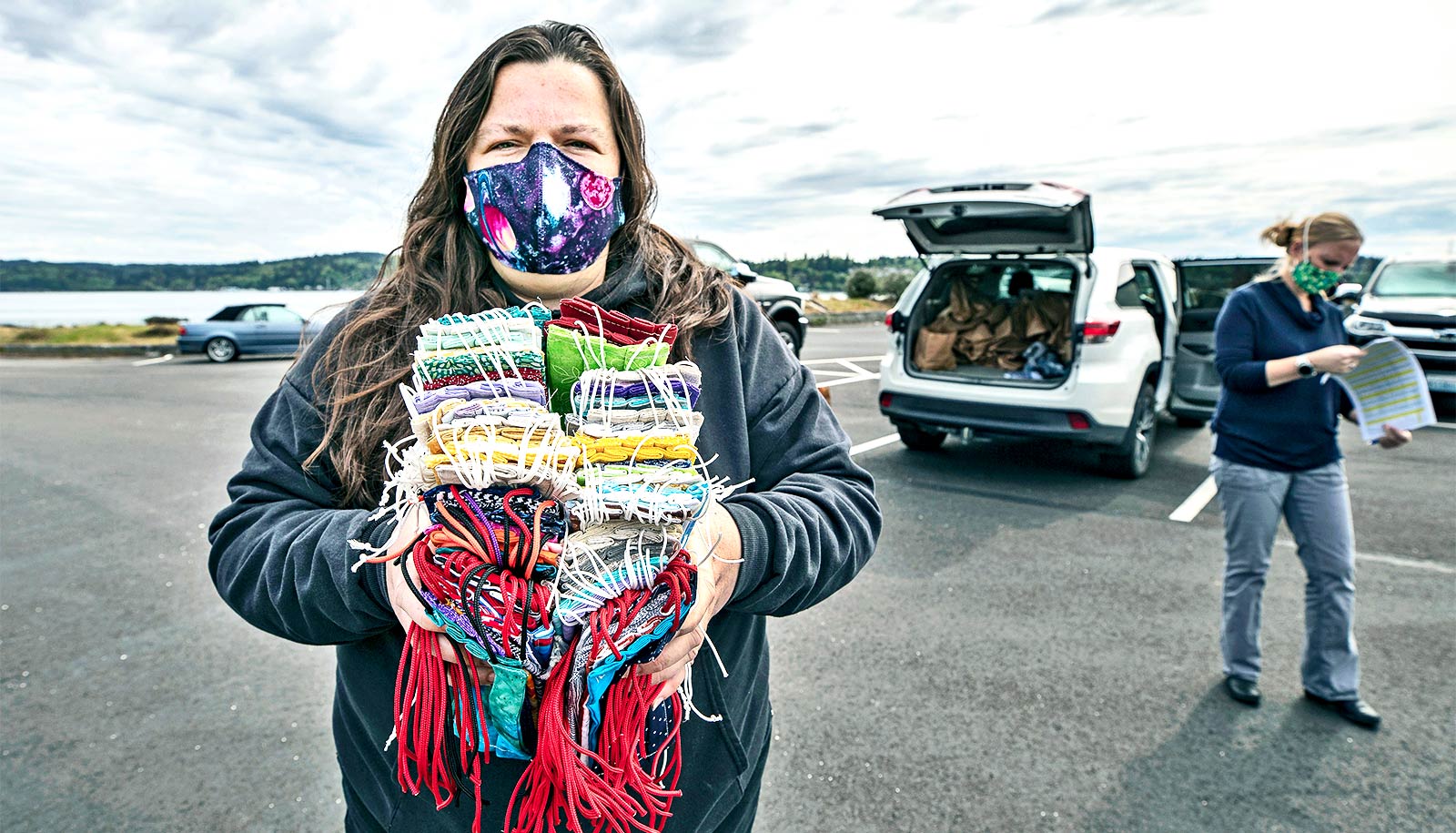On Monday, more than 230 scientists from around the world declared “It’s time to address airborne transmission of COVID-19.”
In a letter signed by Washington University in St. Louis faculty and published in the journal Clinical Infectious Diseases directed toward “Most public health organizations, including the World Health Organization,” the scientists urged that public health organizations need to make recommendations beyond hand-washing and mask-wearing. (The WHO has acknowledged the letter during a recent press briefing.)
Public health guidelines must address every potentially important pathway to slow spread of the disease, the letter states. This would include measures that account for airborne transmission, including increased ventilation, supplemental ventilation with airborne infection controls, and avoidance of overcrowding.
Brent Williams, associate professor in the department of energy, environmental, and chemical engineering at the McKelvey School of Engineering, is one of the experts in aerosols who reviewed the letter before its publication and signed it.
“In the research community, we are mostly focused on fully understanding the details of this issue so we can continue to provide the most accurate information to medical experts and policy makers to help them to make informed decisions,” Williams says.
“This letter came from a place where the research community thought there was a lag in policy keeping up with the rapid-paced science underway to characterize the transmission of this virus.”
Here Williams answers questions about aerosols, microdroplets, and containing the spread of COVID-19:
You are not an epidemiologist or a medical doctor. How does your expertise figure in this situation?
My research focuses on determining the sources, transformation, and fate of particles in both outdoor and indoor environments. We work to determine marker molecules that could be used to distinguish the exact source of particles, typically differentiating between natural particles that may come from trees and vegetation versus human-influenced particles that come from our daily activities such as power and heat generation, industry, transportation, and even from the chemicals we use in our homes and our personal care products.
My research group also has expertise in studying window-opening behavior in homes to determine the mixing processes that occur as you combine indoor and outdoor air, one topic of this open letter.
Didn’t we already know that the virus spread through the air? Isn’t that why we are wearing masks? What is this letter saying beyond that?
The WHO and other public health organizations still place much of their current guidance on promoting hand washing, social distancing, and droplet precautions within short distances (e.g., six-foot perimeter). They view airborne transmission from smaller particles only as a possible route of exposure, and mostly only through aerosol-generating procedures performed in health-care settings. We do, however, know that droplets generated from regular speaking, coughing, sneezing, etc., will generate particles that rapidly shrink to smaller sizes that can be suspended in air for long time periods (on the scale of hours) and transferred over long distances (for example, throughout an entire home). There is increasing evidence that the virus can remain viable in these microdroplets. This problem is especially critical for indoor environments that may be crowded and have inadequate ventilation.
How big is one of these microdroplets?
Microdroplet is not a well-defined term, but in general we are concerned with particles that are smaller than about five micrometers. For comparison, the width of a human hair is around 70 micrometers, so these are particles smaller than you would notice with the naked eye. Once they are smaller than five micrometers, they can remain suspended in the air for extended periods.
Why aren’t the current recommended guidelines sufficient (wash your hands, wear a mask, stay six feet from others)?
Most masks are capable of preventing the spray of larger droplets leaving the mouth, so if every person in an environment is wearing a mask, there are limited droplets released and limited resulting evaporated microdroplets present. However, it only takes one person without a mask before microdroplets can be generated, and everyone else with a mask becomes at risk since most masks do not filter incoming microdroplets well, especially in the 0.1-1 micrometer size range.
To reduce indoor particle concentrations, we typically use mechanical (HVAC) or natural (window-opening) ventilation procedures. However, clearing out these microdroplets from indoor environments can be challenging. HVAC filters have diminished filtration efficiency for particles in this small size range, and window-opening has its own limitations in extreme temperatures and has diminished effectiveness when the outdoor air is stagnant. Room air purifiers—HEPA filters for example—can help to lower the concentration of indoor microdroplets.
What does your research tell you about best practices when it comes to the spread of this virus?
I would urge greater caution in indoor environments, keeping the occupancy levels at a minimum, wearing masks when in shared public settings, and increasing ventilation and filtration of the indoor air.



